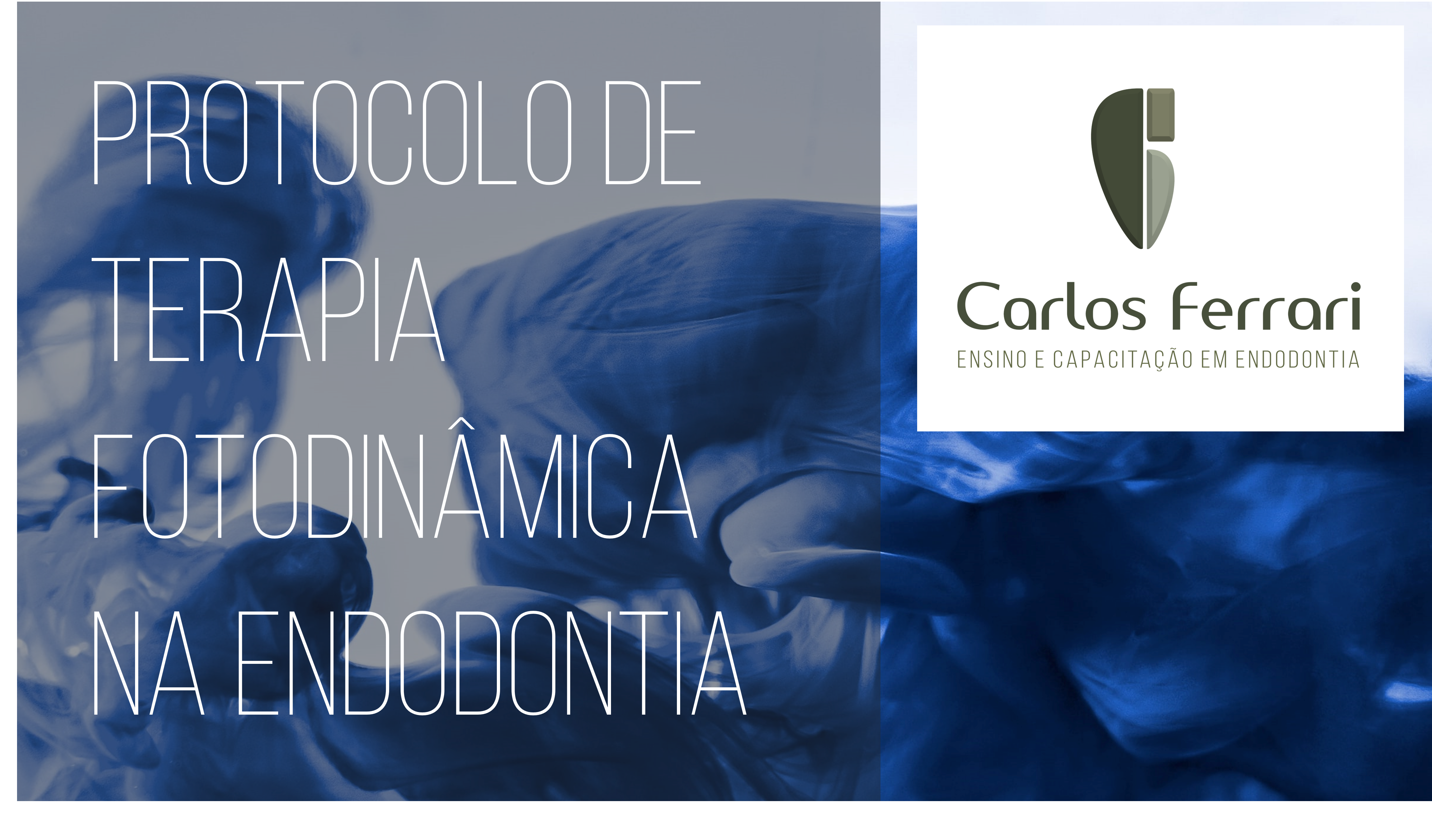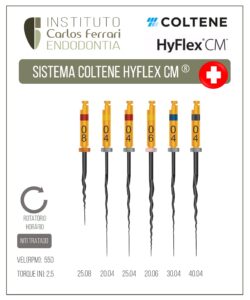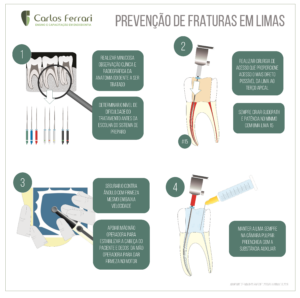Terapia fotodinâmica na endodontia para descontaminação endodôntica.
Vídeo demonstrando o protocolo de utilização da terapia fotodinâmica para descontaminação durante o tratamento endodôntico.
In: Amaral et. al. Terapia fotodinâmica na endodontia – revisão de literatura. RFO UPF vol.15 no.2 Passo Fundo Mai./Ago. 2010
Introdução
Nas últimas décadas, a endodontia evoluiu substancialmente com o desenvolvimento e adoção de novas tecnologias e materiais, facilitando o trabalho do endodontista e diminuindo o tempo para execução do tratamento endodôntico. Apesar disso, a maioria das falhas ou insucessos endodônticos está relacionada com a persistência de microrganismos que resistiram ao preparo químico-mecânico ou à medicação intracanal¹.
A terapia fotodinâmica desponta como uma nova terapia, coadjuvante ao tratamento endodôntico, na tentativa de eliminar microorganismos persistentes ao preparo químico-mecânico. Sendo de fácil e rápida aplicação clínica, não desenvolve resistência microbiana, podendo ser indicada em tratamentos endodônticos em sessão única ou em múltiplas sessões.
O presente artigo tem como objetivo fazer uma revisão de literatura sobre a utilização da terapia fotodinâmica na endodontia. Histórico A utilização da luz como agente terapêutico tem sido empregada no tratamento de doenças desde a Antiguidade. No Egito, Índia e China utilizava-se a luz solar para tratamento de doenças da pele como psoríase, vitiligo e câncer. O médico grego Heródoto enfatizava a importância da exposição à luz solar para restauração da saúde². O conceito de morte celular induzido pela interação de luz e substâncias químicas é reconhecido há mais de cem anos. No ano de 1900, as primeiras experiências com tratamento fotodinâmico foram relatadas por Oscar Raab, um estudante de medicina, e seu professor, Herman Von Tappeiner, em Munique. Eles estudaram o efeito do corante de acridina sobre culturas de paramécios e descobriram que a combinação do corante de acridina e luz foi letal para esses.
Durante uma tempestade com ocorrência de muitos raios houve alteração das condições luminosas do ambiente no momento dos experimentos, o que levou os autores a postular que esse efeito era causado pela transferência da energia da luz para a substância química, similar ao que ocorre nas plantas pela absorção da luz pela clorofila. Nem a luz ou o corante isoladamente tiveram qualquer efeito aparente sobre os paramécios, mas juntos foram altamente citotóxicos²,³.
Mecanismo de interação A terapia fotodinâmica, também conhecida como PDT, acrônimo de photodynamic therapy, surge como uma promissora terapia antimicrobiana. Envolve a utilização de um fotossensibilizador (corante), que é ativado pela luz de um específico comprimento de onda na presença de oxigênio. A transferência de energia do fotossensibilizador ativado para o oxigênio disponível resulta na formação de espécies tóxicas de oxigênio , conhecida como oxigênio singleto e radicais livres.
Estes são espécimes químicos altamente reativos que danificam proteínas, lípedes, ácidos nucleicos e outros componentes celulares microbianos4. É importante que a fonte de luz seja absorvida pelo corante para que a PDT seja efetiva na inviabilização de células². A maioria das bactérias bucais não absorve a luz visível de lasers que operam em baixa potência, com exceção de alguns microrganismos Gram-positivos, Actinomyces odontolyticus e Porphyromonas gingivalis, que sintetizam porfirinas endógenas5. A utilização de um agente de absorção óptica não tóxica que se fixe à parede celular bacteriana atraindo para si a luz laser é necessária para que ocorra a ação antimicrobiana sobre as bactérias bucais.
Segundo Machado6 (2000), a reação envolvida decorre, primariamente, da excitação eletrônica do corante pela luz, seguida de dois mecanismos principais de reação a partir do seu estado excitado. Na reação do tipo I ocorre transferência de elétron entre o fotossensibilizador, no estado tripleto excitado e componentes do sistema, gerando íons-radicais, que tendem a reagir com o oxigênio no estado fundamental, resultando em produtos oxidados, como peróxido de hidrogênio, íons hidroxila, radicais hidroxila e ânion superóxido, que são tóxicos aos microorganismos. Na reação do tipo II ocorre a transferência de energia do fotossensibilizador no estado tripleto, com a geração de oxigênio singleto, um agente altamente citotóxico. A habilidade da molécula em formar reação redox ou oxigênio singleto depende da produção suficiente de moléculas no estado tripleto, que, por sua vez, depende da taxa de decaimento de ambos os estados, tripleto e singleto, inicialmente formados7. Terapia fotodinâmica na endodontia
https://ferrariendodontia.com.br/terapia-fotodinamica-na-endodontia/





